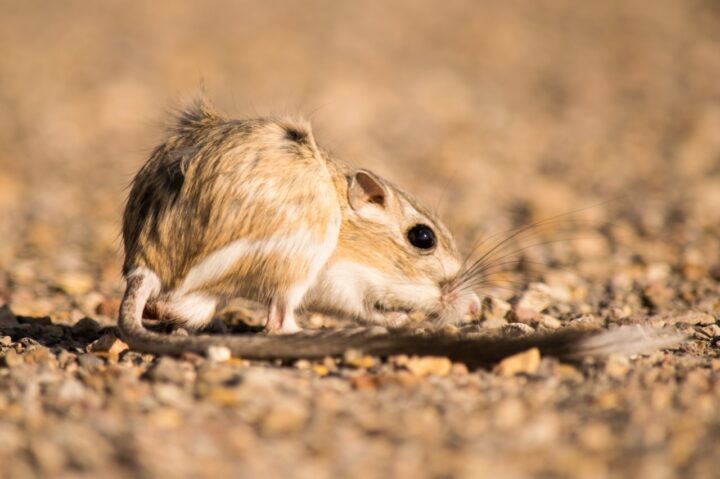One provides shelter, the other provides fertilizer, and both are better off for it.
Introduction
Of the more than 1,000 anemone species that live in the ocean, only 10 species coexist with the 26 species of tropical clownfish. Within these species, only select pairs of anemone and clownfish are compatible. Together, they are obligatory symbionts, which means that each species is highly dependent on the other for survival. Symbiosis between the two species is achieved in a variety of ways including a mutual protection from predators, an exchange of nutrients, and the clownfish’s tolerance of anemone nematocysts.
The Strategy
In order to live among the anemone, clownfish protect themselves from nematocyst strikes. Nematocysts are harpoon-like stingers on the anemone’s tentacles used to capture prey and ward off predators. While other fish approach the anemone as a potential food source, the clownfish doesn’t even try to eat the nutrient-rich tentacles. This avoids triggering an attack from the anemone.
On the off chance the clownfish is struck, it is protected by a thick mucus layer. The clownfish is born with a mucus layer that is already thicker than average, but as it grows it can become three to four times thicker than on other fish. It may even incorporate some mucus from the anemone itself.
In return for a safe and protective home, the clownfish benefits the anemone in several important ways. These include cleaning the anemone, providing nutrients in the form of waste, and scaring away predatory fish such as the butterflyfish.
The Potential
The clownfish mucus layer could inspire coatings that protect humans underwater from punctures, scrapes, and stings. But perhaps more importantly, studying the relationships between organisms that rely on one another reminds us that a single strategy isn’t always the most effective. Like nature, much of science relies on incremental discoveries that together lead to innovation. Each scientist shares information and data that can be used by others to advance their own research and add to the overall body of human knowledge.
This summary was contributed by Allie Miller.











